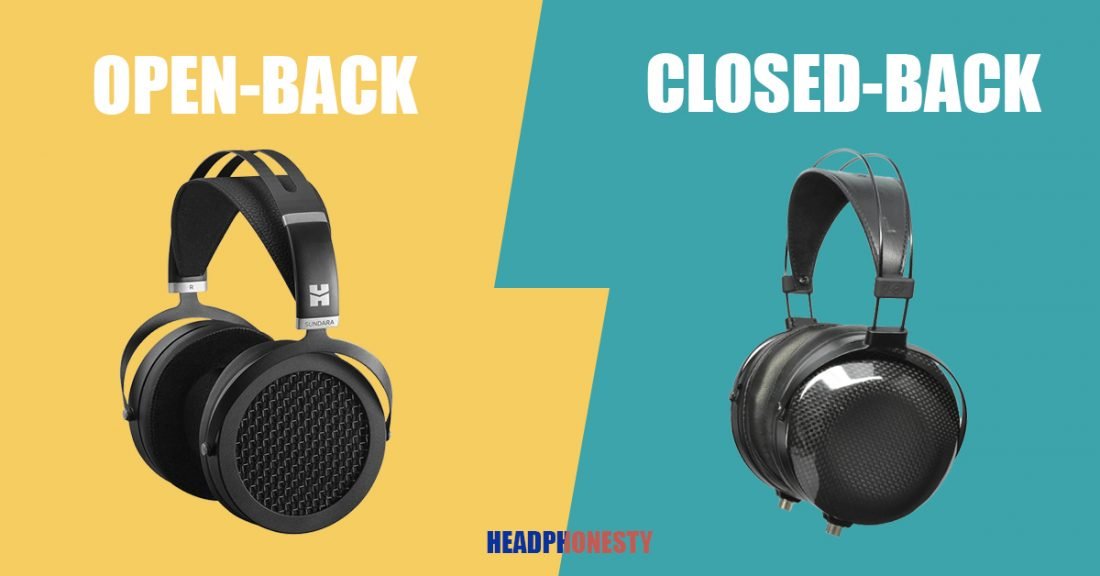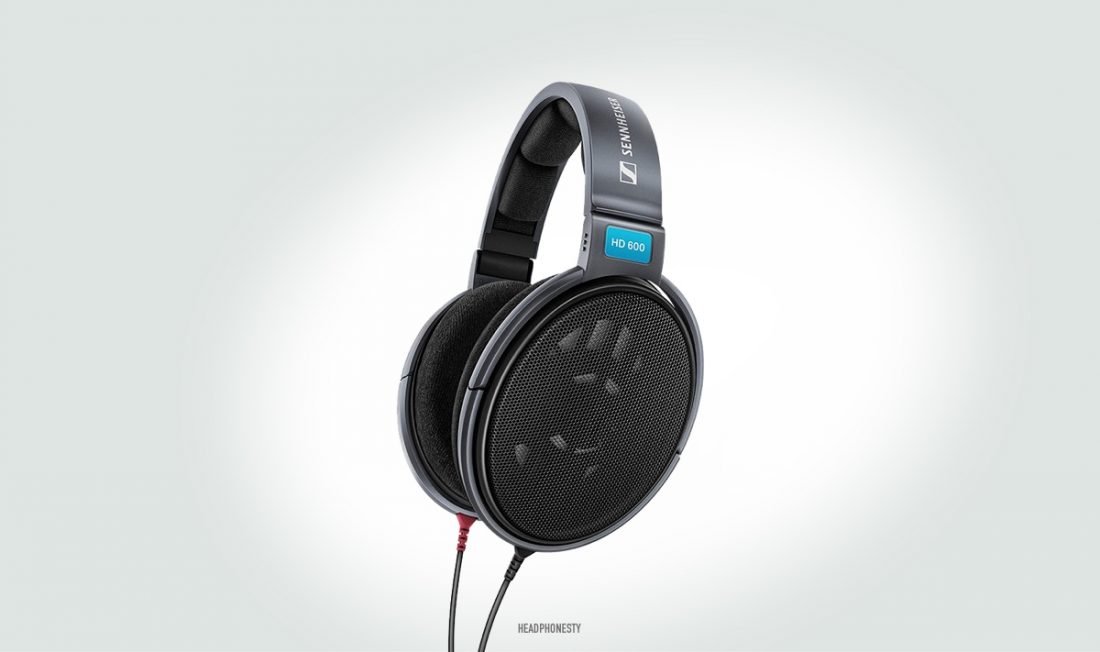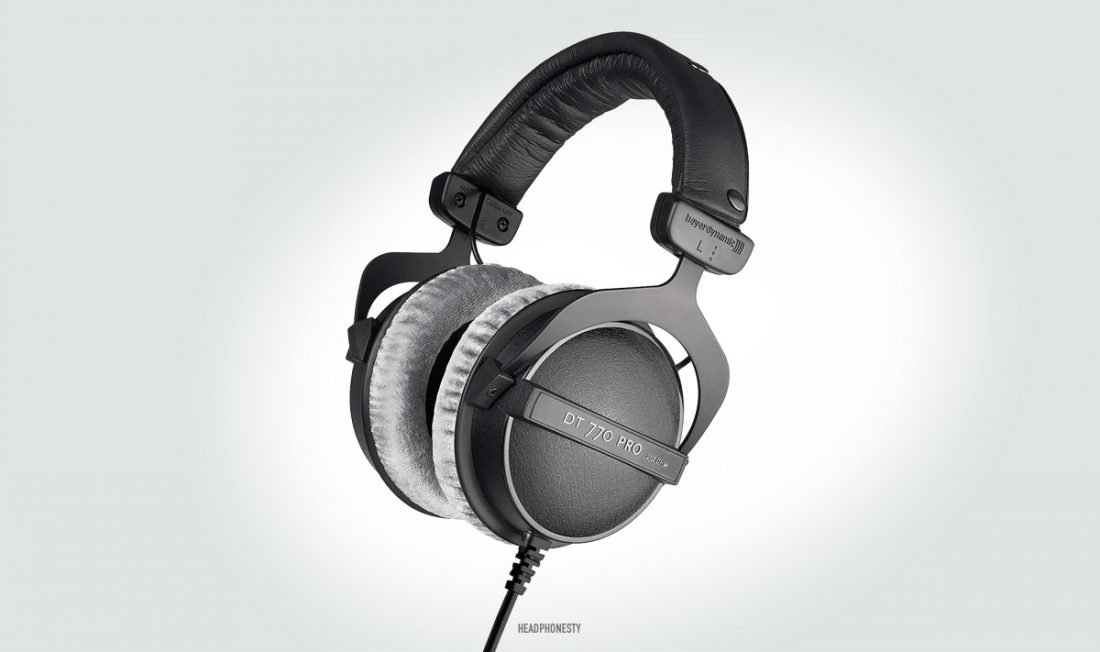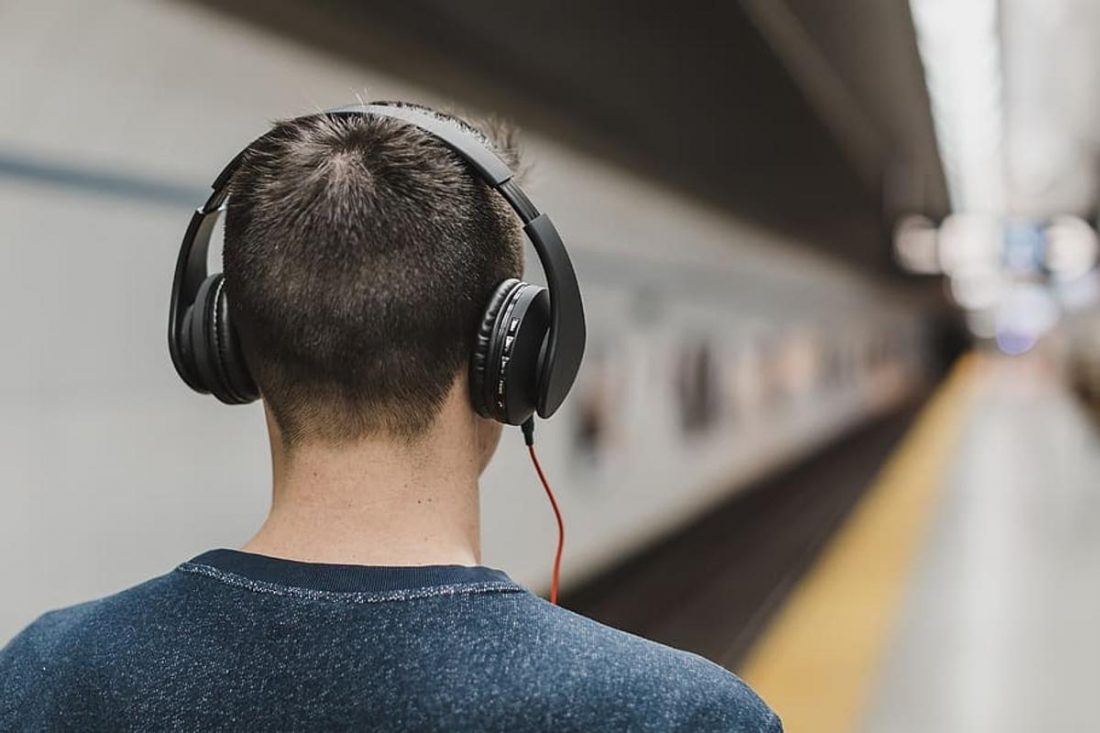If you are in the market for a pair of professional quality over-ear headphones, you will undoubtedly have already come across the terms closed-back and open-back headphones. With the top manufacturers making both types and often in similar price ranges, you will find yourself asking what’s best? There is not a straightforward answer. The reason for the 2 different designs is that they both serve different applications and different tastes. To confuse things further, based on personal taste, there are users who prefer to use a certain design for applications they are not designed for. At other times the environment you are working in will determine which you need to use. This article will discuss both designs, the pros and cons, and help you decide which is best for you.
Should You Buy a Closed-back or Open-back Headphones? ⠀ ????Link in bio #headfi #audio #openback #closedback #headphones #audiophiles #headphone #audiophile A post shared by Headphones + IEMs Reviews (@headphonesty) on Jan 28, 2020 at 9:15pm PST
What Are Open-Back Headphones?
Open-back headphones are headphones where the back of the earcups (facing outwards) is open to airflow. The sound produced by the driver can escape both ways: into your ear and out into your immediate environment. Unlike closed-back headphones, open-back headphones are usually, but not always more expensive and designed for professionals and audiophiles. Unless you work in the audio world you might not have come across their design.
A more “open” sound
By allowing the airflow to escape in either direction, air pressure cannot accumulate within the ear cups. This produces a more transparent listening experience, and also improves stereo imaging. This also creates a more open sound, your music has room to breathe and you feel less enclosed by sound. The feeling of being in a bubble is not apparent. This also improves listening sessions by allowing you to listen for longer periods without getting ear fatigue.
More sound leakage
Many of the comparisons between closed and open-back headphones are opposites. With open-back headphones, the music you are listening to can be heard by those beside and around you.
Less noise isolation
The other effect of this design is that outside noise can easily enter your ear, and drastically interfere with your listening experience. You are not enclosed, and the feeling of being able to focus on just your music is lost.
Audiophile listening
So this all sounds terrible, so why would you want a design like this? This design is for home listening or environments where you won’t disturb others, or be disturbed by unwanted noise around you. The open-back design is not subject to the lows getting boosted or being overly punchy. This can be a design choice the manufacturer can build in.
What are Closed-back Headphones?
Closed-back headphones are headphones where the back of the earcups (facing outwards) is closed to airflow. The sound is enclosed inside each headphone and sealed in. For the most part, no sound escapes, unless you are listening with the volume set high.
Better noise isolation
The first effect of this, before we start to talk about how the music sounds is that to a degree it isolates the listener from the noise that is occurring around them. The attenuation can be up to 30 dB. The reason being, for private listening, they keep more sound in and noise out than open-back designs. Generally speaking they are also cheaper, and with more models to choose from. The attenuation isn’t perfect, but it improves the listening experience in noisy environments, which these days are many places. The advantage of turning down the noisy environment around you allows you to listen to your music at a lower volume. Closed-back headphones don’t attenuate exterior noise as much as noise-canceling headphones. The attenuation they offer still helps to protect your ears from any damage by allowing you to listen to your music at a lower volume.
Less noise leakage
The second effect is that people around can not hear your music either (unless you are destroying your eardrums). So you can listen to your music, more isolated from the noise around you and not disturb your immediate neighbor.
Sound quality of closed-back headphones
So let’s talk about how it sounds. Technically speaking, the effect of enclosing the sound propagation makes the lows louder, and depending on the design, punchier. Sound can’t escape so it only has one way to go.
Proximity Effect
The technical term for this is the proximity effect. When you are very close to the source of a sound the lows get louder. So with the closed-back design, you get a tight, punchy sound, with the option of extended low frequencies. You feel immersed in the sound. You can more easily focus on listening and you don’t pollute your immediate surroundings.
Which Design Is Best Suited For You?
Now that we have compared the 2 designs, we can see the pros and cons of each design. Beyond this, a critical factor is what you will use them for.
Open-Back headphones are suitable for:
In quiet surroundings Home listening Music production (mixing/mastering) Hi-res audio
Closed-Back headphones are suitable for:
Commuting/Travelling DJs Musicians Music production (recording) Studying Open sound
In favor of closed-back
This can immediately push you in a certain direction, or even leave you with no choice. If you are looking for a pair of headphones for commuting by public transport, listening while at the library, or in Art galleries you need to go for a closed-back design. They offer useful isolation, keep the sound enclosed, and there are plenty of great models to choose from. If you are a musician or music producer, closed-back is also your best option. The music in your headphones doesn’t disturb other players. If you are recording, what you are recording is not leaking into the surrounding microphones. Those DJs among us also favor the closed-back design. In a loud club when auditioning music you need great isolation that only closed-back headphones can provide.
Open-back all the way
Open-back headphones are often referred to as audiophile headphones. Whether you’re a gamer, music listener, musician, producer or all of the above if sound quality is paramount, open-back is the way to go. You need a quiet environment, where sound is the main focus. While at home, listening, gaming, practicing music or working on audio, music, or video post-production they offer the most rewarding and accurate listening experience. Closed-back headphones accentuate the feeling of being inside the music. The sound is very focused in the center of your head. This is a quality that some listeners really enjoy. Open-back headphones, where the sound can travel outwards, creates a different experience. The music you are listening to appears to be coming from around you. You can close your eyes, and imagine the musicians sitting around you in an ensemble. Both of these options sound desirable. Which is why it can be a difficult decision to make.
Your music, your sound
All this being said, listeners often choose a pair of headphones based on their sound, regardless of the design type. Some like an open, neutral sound, as the artist intended. Others prefer extended lows and hyped highs. The type of music you listen to also plays a large role. For those who can afford it, the best option is to have one of each design, so you can choose the best option for the moment, mood, or application.
Some Recommendations
Regardless of your needs or preferences, there are plenty of models to choose from. Open-back designs tend to be more expensive, they are aimed at the professional and the audiophile market, but there are still models available that won’t break the bank.
Closed-back headphones:
Sennheiser HD 280 Pro Audio-Technica ATH-M50x Sony MDR-7506 Beyerdynamic DT 770 PRO
Open-back headphones:
Sennheiser HD 650 Beyerdynamic DT 990 Pro AKG K702 AKG K240
Conclusion – So what is the best option for you?
In this article, we discussed the various characteristics and qualities of both designs. There are considerable differences in the type of environments they suit. There are also big differences in the sonic characteristics, and listening experiences that they create.
You have the answer
You already know your listening habits – where you listen to music the most, and the type of music. If noise entering or escaping is not a concern or issue, open-back headphones are a good option, as long as you like their sound. Listeners argue they provide the most enjoyable listening experience.
For audiophiles
Open-back designs are said to be the best for critical listening. If your work, private or professional, requires you to make accurate considerations in the absence of, or even reinforced by speakers, they can help you make the correct decision. That being said, many audio professionals used closed-back designs.
Versatility
Closed-back headphones allow you to hear better in a larger variety of listening environments. If you can only get one pair of headphones, it will be these. This design is also the most produced, so there is a vast array of options to choose from. They can also be the choice for audiophiles. It is not so much one design versus the other, it is a whole collection features the user needs to consider. We hope this article has helped in clearing up any questions you had. The next time you purchase a pair of headphones you’ll already know which design of headphones to choose to create the listening experience you are after.




